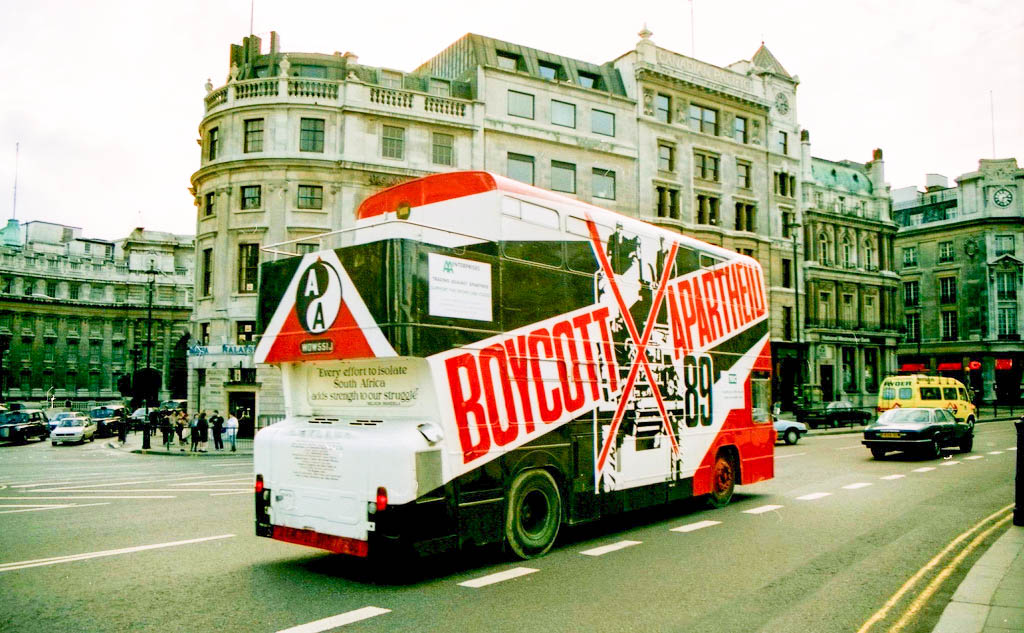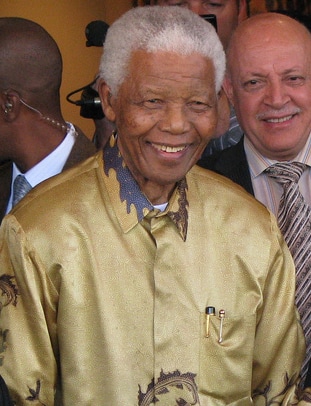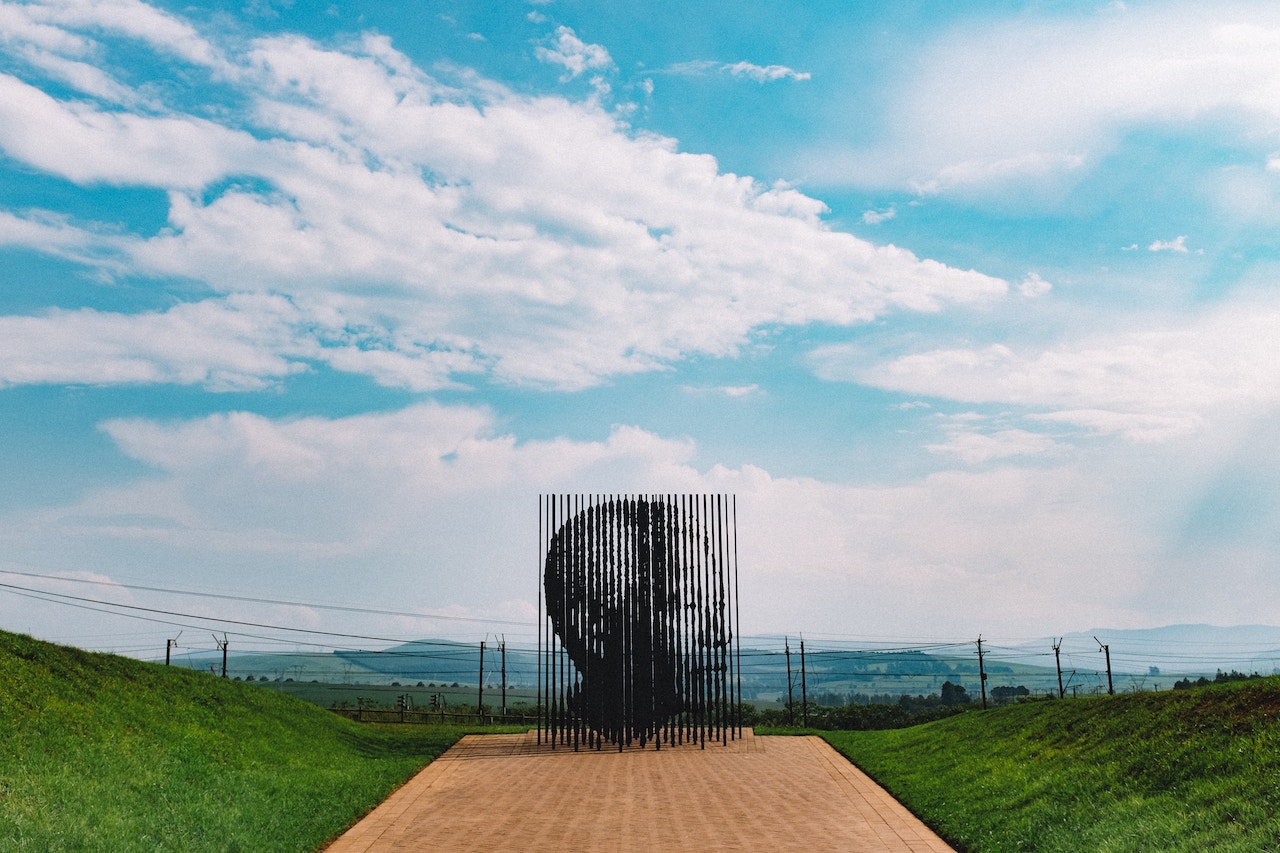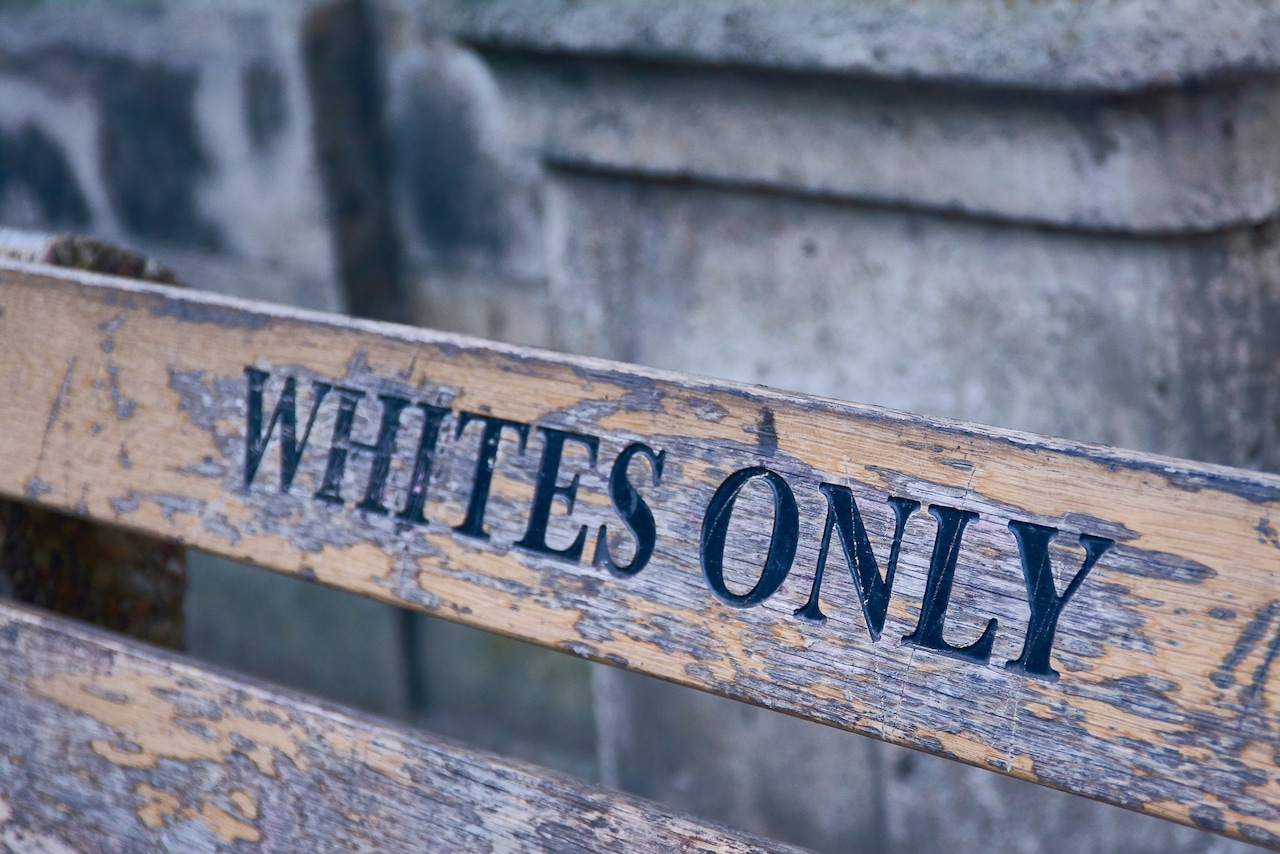Like the Berlin Wall coming down and the Tiananmen Square massacre, the abolition of apartheid in South Africa was an event that defined the 1990s.
The Rainbow Nation, as it was dubbed by Archbishop Desmond Tutu after desegregation, has come a long way. Since Out Adventures pays the country a visit on our South Africa & Victoria Falls In Style tour, we’ve assembled this primer on the subject. It’s an unfortunate, but unignorable bit of recent history. Please Note: The racial descriptors below can sound callous but are true to the era.
Apartheid didn’t come from thin air
Apartheid – the Afrikaans word for ‘separateness’ – married white supremacy with ever-escalating segregation. The ideology’s defining caste system goes back to the Dutch Empire’s colonization of the area. By 1910, when the Union of South Africa formed, a white minority assumed complete political control while Blacks lost the right to sit in Parliament at all. The minority’s plan was to ship the Blacks off to newly made ‘homelands’.
Then World War Two came and created opportunity for the black population. They migrated to industrial centres for the economic boom. While the workforce was welcome and necessary, the government made zero effort to accommodate the new arrivals. No extra space was created, turning segregated black communities into overpopulated slums.
The frustrated, growing black communities would demand more from the government, but a newly formed National Party convinced white voters integration was bad news: a loss of cultural identity. Integration was also derided for being too Western and liberal.
The National Party won their first election in 1948 and immediately made apartheid official policy. Their first segregation law would ban mixed marriage. It came into effect the very next year.
It was part of a hyper-conservative agenda
The National Party banned, among other things, porn and Sunday booze sales. Television was considered a threat to Afrikaans and didn’t land until 1976. The new South Africa was, understandably, also not a great place to be gay or a woman.
There was geographic upheaval
The forced relocation of 3.5 million non-white South Africans began in 1960. This included new neighbourhoods for Asian and Coloured people. Blacks could only live/work in white areas as servants, but most were shipped to one of ten new tribal homelands and had their South African citizenship revoked. Any white people living in the new homelands also had to move.
The Sophiatown Eviction
There was obviously no charm to this process. Sophiatown is one ugly but classic example of the eviction process. This was one of the oldest black settlements in Johannesburg. Blacks could own land here, and it featured the only pool for black kids. But on February 9, 1955, heavily armed police stormed the slum. Residents and their belongings were forced onto trucks and shipped 19 km/12 mi away. They called it Soweto, an acronym for South Western Township.
Things got even uglier
Black people – understandably – did not embrace their new ‘homes’. Many were shantytowns far from their real homes. Liberty and living conditions would decline while open hostility grew. The worst conflicts came in the late 80s and early 90s. Blacks decided to make their townships ‘ungovernable’ with rent boycotts, militant youth takeovers and mob justice for anybody in cahoots with the government. There were brutal public executions called necklacing: perpetrators had their hands bound with barbed wire, a tire filled with fuel slung around their neck, and were lit on fire to die a slow brutal death.
Meanwhile, Whites kept busy grabbing 85% of the country’s useful land. While their population dwindled to 12%.

Apartheid messed with an array of lives
Coloured families were torn apart when immediate relatives were assigned different sub-races. Basic exams, like listening to what language somebody said ‘ouch’ in if pinched, would determine their sub-race. It was arbitrary, and there were strange loopholes: Filipinos were technically Asian but automatically considered ‘Black’. And Indonesians, also Asian, were always ‘Coloured’. Then there were immigrants from countries like Japan: they came for professional jobs and were labeled ‘Honorary Whites’, but paid far less while facing various degrees of scorn.
Gay Nationalists and Black Evangelicals
Identity politics had polarizing consequences for the queer community. Gay Afrikaners, for example, might support gay rights but demand segregation. Others would embrace toxic masculinity and shun effeminate men – this subject is explored in the film Beauty (Skoonheid in Afrikaans).
On the other extreme were black people who demanded equality but spewed maniacal hatred for gay men. This homophobia continues today. In a survey of LGBTQ people, half the black respondents knew somebody that was killed for their sexuality. South Africa was the world’s first country to outlaw discrimination based on sexual orientation, but things still aren’t perfect.
It may have caused an International political assassination
In 1985, Swedish Prime Minister Olof Palme gave a speech to the Swedish People’s Parliament Against Apartheid. It was attended by sympathetic officials from the African National Congress – the party Nelson Mandela would one day lead. Palme clearly stated, “Apartheid cannot be reformed, it has to be abolished.” A week later he was shot dead. A former South African police officer alleged he was killed by a South African spy for his support of the ANC.

Nelson Mandela, in a nutshell
As the figure most associated with apartheid, it’s worth noting where Mandela came from. He was born in 1918 to the royal family of the Thembu tribe. He studied law and found work in Johannesburg with a liberal Jew who sympathized with his people’s plight. It was also where Mandela became involved in anti-colonial politics. He even attended Communist Party meetings but decided against the philosophy. He felt South Africa’s problem was race, not class warfare.
Mandela joined the African National Congress in 1943 and formed the party’s Youth League. By the end of the decade the Youth League took control of the ANC with a militant outlook. They called for civil disobedience and strikes to protest the slew of apartheid legislation. The government reply was brute force: 18 Blacks were killed during one 1950 walkout. Mandela was jailed and beaten for his opposition to the government.

He was part of the protest against the Sophiatown eviction and saw how futile his peoples’ efforts were. Mandela concluded that apartheid would only end with violent action and even asked the People’s Republic of China to provide weaponry (the request was denied citing lack of preparation).
In 1962, having survived previous trials, he was jailed for 27 years. The first years were rough for political prisoners: think solitary confinement and slop buckets, especially for Mandela, the first prisoner to speak out about the unseemly conditions. After a couple of moves and several years, Mandela’s ‘cell’ would grow to a private cottage where he could welcome international guests and journalists for an interview by his pool (the world was watching after all). Right-wing critics continued to call him a Communist terrorist, and the far left said he was too eager to reconcile, but Mandela ultimately is the man who worked with President de Clerk to negotiate the end of apartheid and organize the first general elections. This is why he’s called The Father of The Nation.
Apartheid comes to an end
On Feb 2, 1990, President FW de Clerk finally pulled the plug on apartheid. He announced the end of discriminatory laws, media restrictions and The Land Act. Nine days later, Nelson Mandela was released from prison. At the first general election open to all in 1994, Mandela won the presidency of South Africa as leader of the ANC.

Tensions still simmer
Since the abolition of apartheid nearly a million Whites have left South Africa. They blame violent crime and affirmative action that makes it tough for Caucasians to find work. Some also cling to their supremacist views. On the other hand, in some areas, impoverished residents commit crimes of opportunity if you flaunt wealth. Crime and violence also plagues slums to this day.
Sports was once a major problem. Then it became the answer.
During apartheid, even international sports teams were segregated by colour. To avoid this nonsense the International Table Tennis Federation dropped South Africa’s all-white Table Tennis Union for the country’s unsegregated Table Tennis Board. The government, to retaliate, confiscated their own players’ passports, rendering away games impossible. Such appalling antics caused global uproar and sparked sports and cultural boycott of the country.
This boycott is one of the few things that hurt South Africa’s white minority. Consider how much national pride citizens absorb cheering on their teams for events like World Cup Soccer. Blacks seized this rare opportunity to flaunt their established athleticism. They wondered aloud, why shouldn’t we be on the national team? Then, in December of 1991, the desegregated South African Football Association was born.
FIFA welcomed SAFA to the world stage the next summer. By 1995, apartheid was over and Nelson Mandela found a way to return the favour. He boisterously celebrated the country’s mainly white rugby team to win the Rugby World Cup. If this sounds familiar, it was the plot of Invictus starring Morgan Freeman as the newly elected president.
Good sportsmanship helped end apartheid, and speaks to the power of athleticism and fandom. Even today, sports is influencing global politics. Consider the recent drama for NBA and eSports players who supported Hong Kong protesters on social media. Or why an NFL player chose to kneel for the national anthem. South Africa has taught us the ramifications can be profound.
Dive deeper
This post just scrapes the surface of what apartheid entailed. Why not read Nelson Mandela’s beloved autobiography, Long Walk to Freedom. For a look at the new challenges that simmer post-apartheid, check out Midlands by gay writer Jonny Steinberg. He intended to dissect the recent murder of a white farmer. Instead, he stumbled upon a simmering frontier battle.
Join us in South Africa. If you’re interested in visiting South Africa, we actively support local gay and native populations on our trip. The tour includes visits to Victoria Falls on the border of Zimbabwe and Zambia, and to a Botswana game reserve.
Header image from Shutterstock.
Featured Posts
To whet your appetite for our gay South Africa tour, here are our some titillating photos from our last LGBT schlep through the country.Read More
Opulence. Our new gay South Africa tour is shamelessly extravagant. Check out the hotels that'll make you feel like you – own – everything!Read More
Big gay Cape Town has plenty to offer LGBT travellers. From the scenic heights of Table Mountain, to the scandalous depths of De Waterkant.Read More
Looking to crack open a new book on vacation? We selected our favourite gay page-turners from every country Out Adventures visits.Read More
A Q&A with an HIV+ traveller who refused to be held back by the virus and completed the Inca Trail in Peru with Out Adventures.Read More
